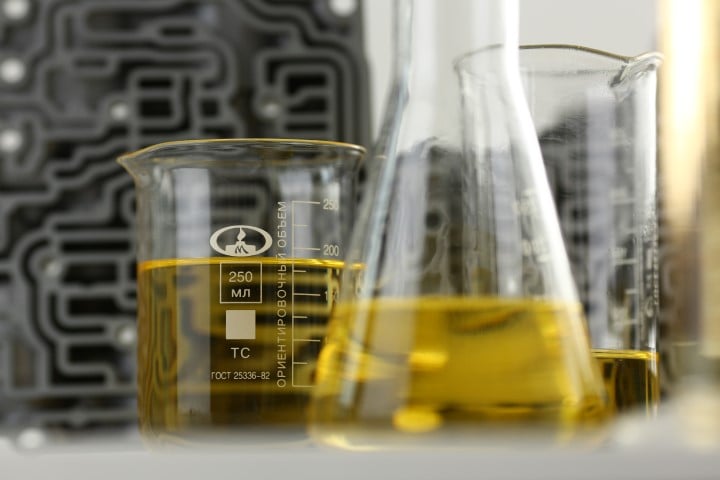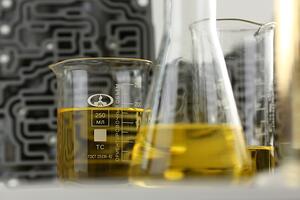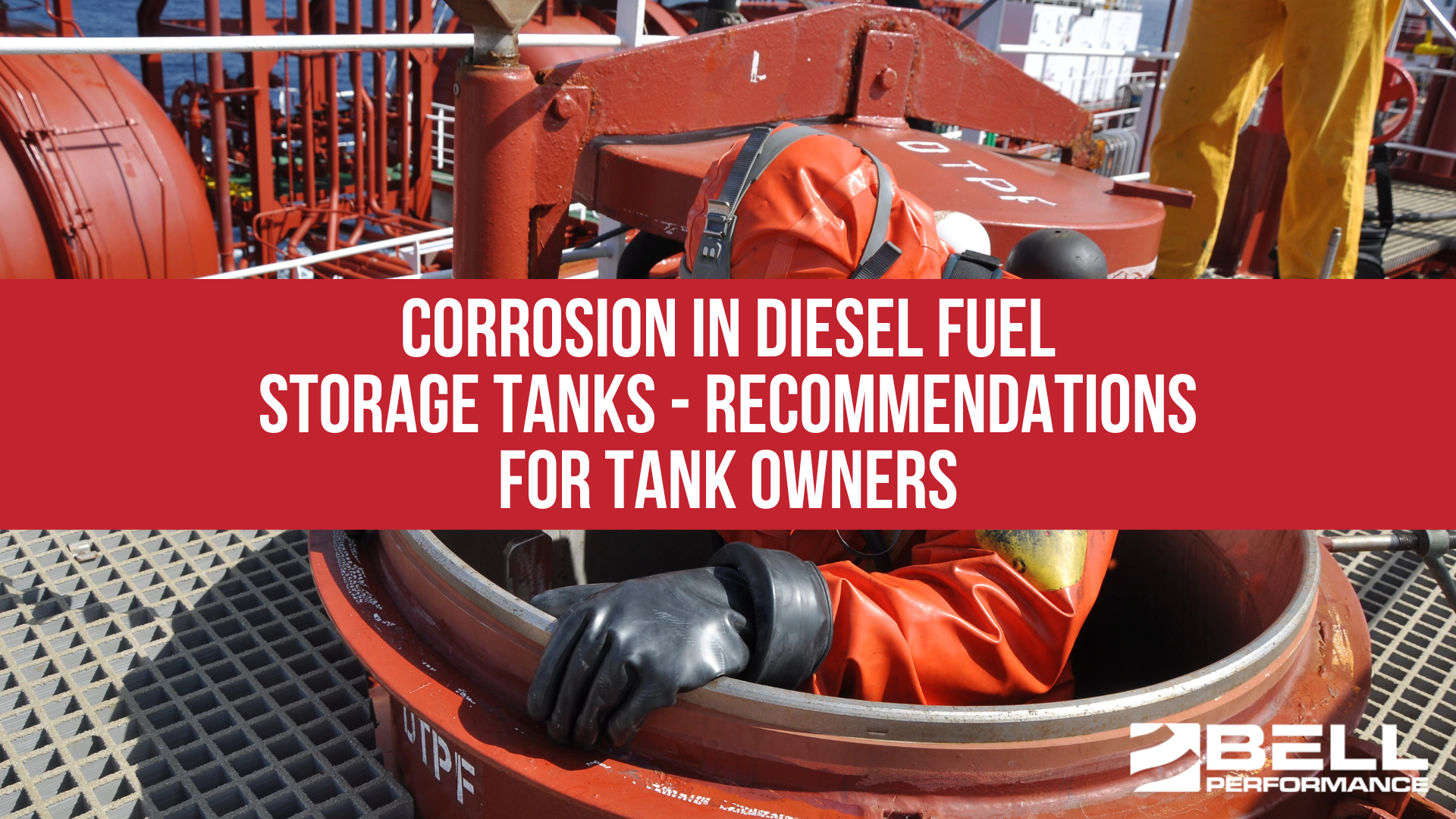Corrosion in Diesel Fuel Storage Tanks - Recommendations for Tank Owners
One of our most popular webinars from the past dealt with such an important issue - Diesel Fuel Storage Tank Corrosion - that we thought it was...

When we think of diesel fuel contamination, we consider different broad categories of contaminants. Sludge and biomass are considered soft contaminants. Water is a big one and has been talked about extensively in the past. Virtually every storage tank has water and is at risk for the issues that water causes in stored fuel, namely, corrosion and microbial growth.
 Speaking of corrosion, that falls under the category of hard particulates. These are extremely damaging in equipment parts in all kinds of engines, but are even more damaging in newer high pressure common rail diesel engines. Hard particulates can be the kind that are generated within fuel tanks and system lines (i.e. rust), generated within engines (wear particles and soot), they can even come in from the outside, especially in heavy equipment operating under stressful conditions like in mining and construction.
Speaking of corrosion, that falls under the category of hard particulates. These are extremely damaging in equipment parts in all kinds of engines, but are even more damaging in newer high pressure common rail diesel engines. Hard particulates can be the kind that are generated within fuel tanks and system lines (i.e. rust), generated within engines (wear particles and soot), they can even come in from the outside, especially in heavy equipment operating under stressful conditions like in mining and construction.
These hard particulates are particularly (no pun intended) damaging to common rail diesel injectors. Most of us know that today’s common rail diesel injectors operate at significantly higher pressures than those from the past. But there’s also issues concerning the spray pattern of the injectors themselves. The engine relies on a precise spray pattern generated by the injectors for the engine to operate at the high peak efficiencies it needs to. This means the right timing, the right distribution and the right amounts of fuel. These injectors operate precisely because they are engineered precisely; for example, they have ball valves that are sealed with a ball that’s only 1 mm in diameter. Hard particulates in the fuel will damage these areas, preventing the kind of optimal seal necessary for them to function.
As such, these hard particulate contaminants don’t have to be very big. In fact, even the smallest particles less than 5 microns in size cause major damage in these systems because they have almost a sandblasting effect over time on the surfaces of these parts.
Talk to the manufacturers of these high pressure common rail systems and they’ll give you a limit of less than 1 gram of hard particulate content for every 10,000 gallons of fuel. However, in some parts of the world, the actual amount in fuel is closer to the order of 700 grams (1.5 lbs) of particulate. Most common rail diesel engine parts wouldn’t last long having to run fuel like that. And to be fair, most fuels in the United States don’t reach nearly that level of contamination. But there are plenty of storage tanks that have significant hard particulate content due to rust and corrosion.
Fuel management professionals know that any time you have microbes in your storage tanks (which is a widespread problem), you’re going to get films of biomass formed on tank surfaces. Many don’t know that even these innocuous formations can speed tank corrosion and increase buildup of hard particulates in their stored fuel.
This happens through a couple of mechanisms. When you have a patch of biofilm on a tank surface, you can get the formation of a “galvanic couple”, where electrons move from one area to the other. This is a classic scenario where corrosion reactions happen in storage tanks, and it’s because of the biomass in the tank.
Biomass formations can also accelerate corrosion by causing pockets of highly concentrated oxygen to become trapped near metal surfaces. Oxygen likes to move from areas of high concentrate to low concentration (think osmosis), and it just so happens that fuel tends to hold more dissolved oxygen than water does. Most tanks have both in them, and so oxygen will naturally want to move from the fuel into the water. If this transfer happens around a biomass formation, some of the oxygen can get trapped in spaces, causing a corrosive situation.
All of this speaks to the need to pay attention to what’s going with the storage tanks and the fuel inside. Even something as seemingly harmless as tank sludge and biofilm can be causing way more damage to the tank and fuel than one might think. And if the fuel is contaminated, then it’s much more likely that expensive engines and equipment are going to have costly problems, too.

One of our most popular webinars from the past dealt with such an important issue - Diesel Fuel Storage Tank Corrosion - that we thought it was...
For fuel storage tanks full of sludge and fuels that are dark and subpar, fuel polishing is often recommended. There are probably a thousand entities...
Whether you're talking about a farm fuel tank or any other kind (even home heating oil), it’s safe to say that any time you find “sludge” or biomass,...